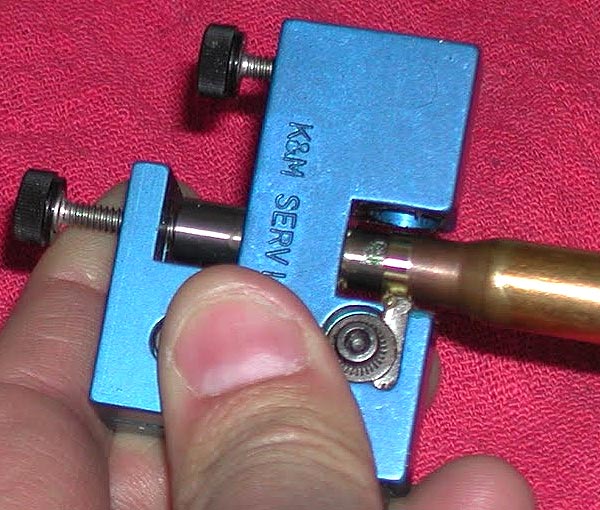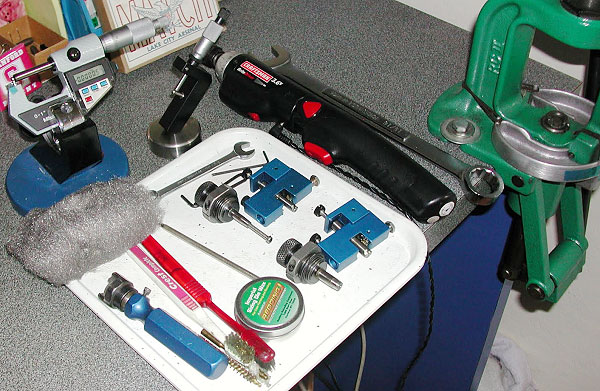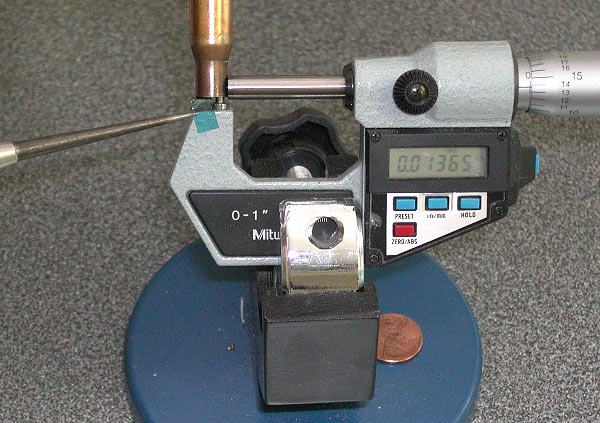Fast-Cycling Volquartsen Summit Rimfire Rifle with Toggle Action

Ever shot a straight-pull (aka toggle-link) action rifle? We like these action types, which were developed for Biathlon competitors who needed to shoot fast, but were not allowed to use semi-auto actions. The biathlon-style toggle action features a lever on the side of the action. Pull the lever back with your index figure to open the bolt, then push forward with your finger to close the bolt*. It’s fast and efficient. With some practice, you can cycle the action in a couple of seconds — nearly as fast as a semi-auto.

The Volquartsen Summit .22 LR rifle is based on a concept originally developed by Primary Weapons Systems. Designed for both competition shooting as well as small game hunting, this unique rifle features a straight-pull, toggle-style action with a Ruger 10/22 profile. That means you can run 10/22 magazines, swap into stocks inletted for the 10/22, and even use after-market 10/22 barrels. The CNC-machined receiver features an integral 20 MOA Picatinny Rail. The Magpul stock adjusts for length of pull. Weight is 5.8 pounds, so this is easy to carry in the field.
The Summit features a lightweight carbon fiber-wrapped barrel, threaded 1/2×28 at the muzzle to be suppressor-ready. One of our favorite features on this little rifle is the trigger — which has a light, crisp 1.75-lb pull weight. Watch the video above to see the Summit .22 LR in action. The tester, 22Plinkster, was impressed with the rifle’s ease of use and accuracy. The Summit delivered a 0.277″ group at 50 yards, shot from the bench.

Good Field Test of Summit Straight-Pull Rifle by Dustin Ellermann
Past Top Shot Champion Dustin Ellerman demonstrates the Summit’s impressive accuracy by hitting small candies at 50 yards (06:13 start/06:55 impact). In rapid-fire drills, Dustin also shows the ease and speed with which the Summit action can be cycled.
Summits Now Offered in .17 HMR and .22 WMR Also
Last Year Volquartsen announced it would be expanding the Summit series to include other rimfire cartridge chamberings. Volquartsen is now offering a Summit .17 HMR and Summit .22 WMR.Summit .17 HMR configurations can be viewed at: http://vfguns.com/s/sum17hmr
Summit .17 HMR twist rate is 1:9″Summit .22 WMR configurations can be viewed at: http://vfguns.com/s/sum22wmr
Summit .22 WMR twist rate is 1:14″These new .17 HMR and .22 WMR offerings will be available in stainless steel and lightweight aluminum configurations, with various barrel and stock options. All configurations will feature a 2.25-pound trigger pull, 0 MOA integral Picatinny rail, and a 9-round magazine capacity. Both 1/2 x 28 threaded barrel and non-threaded barrel options will be available. READ Full Report.
* Biathlon shooters cycle their Fortner toggle actions even faster, using their THUMB to close the bolt. This allows them to get the index finger on to the trigger blade faster. The whole process takes maybe a second — as fast as you can say “snick-snick”. To use the thumb effectively, you need a stock with a more vertical pistol grip. The Magpul stock on the Summit moves your thumb a bit too far back to use comfortably to close the lever without shifting the hand.





















